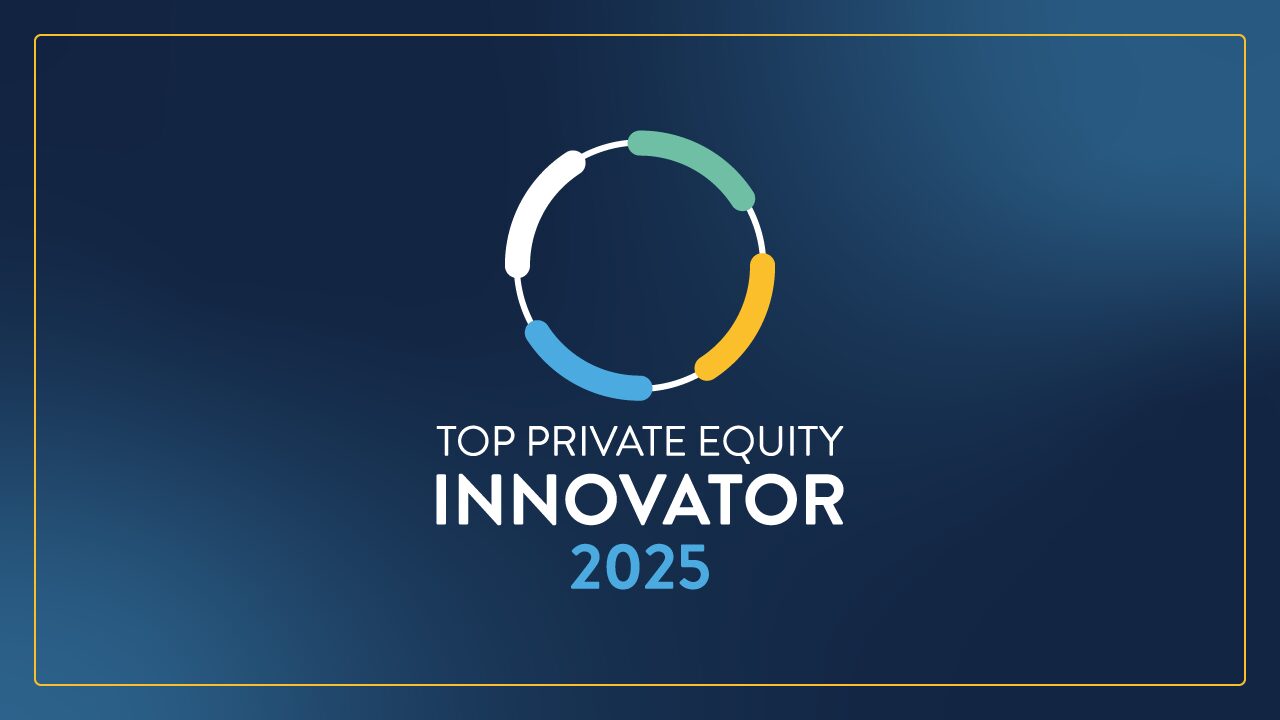What is a Sales Process Workflow?
A sales process workflow is a systematic and visual representation of the stages and activities involved in the sales process. It outlines the sequence of steps from identifying leads to closing deals and post-sale follow-up.
The primary goal of a sales process workflow is to provide a clear roadmap for the sales team to follow, improve their performance, reduce errors and be more efficient.
It can also help identify bottlenecks or areas where the process can be improved. A well-designed sales process workflow ensures that every opportunity is properly managed, tracked and nurtured to maximize potential.
Let’s discuss the different components of a sales process workflow and provide guidance on how to develop and optimize a sales process that works for your business.

Overview of Sales Process Workflow
A sales process workflow is a structured approach to selling that outlines the steps involved in closing a sale. It typically includes four key stages: research, prospecting, sales call and close, and relationship-building. By having a well-defined sales process, sales reps can spend more time on activities that drive revenue and less time on non-productive tasks.
LISTEN: Top 5 Private Equity Podcasts
Developing a Sales Process Workflow
The first step in developing a sales process workflow is to gather input from your sales reps and stakeholders. This can include feedback on the current sales process, as well as suggestions for improvements.
Once you have this input, you can begin mapping out the workflow. This involves identifying the key stages of the process and determining the criteria for moving prospects through the pipeline.
READ MORE: Automating Accounts Payable: Benefits of the Best Software
Mapping Your Sales Process Workflow
When mapping out your sales process workflow, it’s important to consider the different stages of the buyer’s journey. This can include the research stage, where the prospect is gathering information about your product or service, the prospecting stage, where the sales rep is reaching out to the prospect, and the sales call and close stage, where the sales rep is working to close the deal.
Each stage should have clear criteria for moving the prospect through the pipeline, such as a certain level of engagement or likelihood to convert.
READ MORE: What is the Voice of the Customer Survey?
Lead Categorization
Lead categorization is the process of organizing your leads based on their level of engagement and likelihood to convert. This can include categorizing leads as hot, warm, or cold, based on their level of interest in your product or service.
This step allows you to prioritize your sales efforts and focus on the leads that are most likely to convert.
Pipeline Methodology
There are different pipeline methodologies that you can use to structure your sales process workflow. The traditional sales funnel is a popular approach, where prospects move through the funnel from awareness to consideration to decision.
The more modern flywheel approach focuses on creating a continuous cycle of attracting, engaging and delighting customers. Each approach has its benefits and drawbacks, and it’s important to choose the approach that works best for your business.
Working with an experienced third party that’s familiar with your industry can be a great way to build the most efficient pipeline for your particular business.
READ MORE: What is Commercial Due Diligence?
Metrics and Analytics
Tracking metrics is an important part of optimizing your sales process workflow. Key metrics that should be tracked include conversion rates, time-to-close and customer lifetime value.
By analyzing these metrics, you can identify areas for improvement and optimize your sales process for maximum effectiveness.
READ MORE: How To Analyze Sales Data: Tools, Examples, KPIs
Process Redesign
If your sales process workflow is not working effectively, it may be time for a redesign. This involves identifying bottlenecks and areas for improvement, testing new processes and iterating until the process is optimized.
It’s important to involve your sales reps and stakeholders in this process to ensure that the new process is effective and sustainable.
CASE STUDY: Sales Benchmarking, Growth for Construction Company
The BluWave-grade service providers in the Business Builders’ Network are equipped to help businesses with this exact process, whether you work in healthcare, manufacturing, technology or other sectors.
Training and Coaching
Training and coaching are important aspects of implementing a sales process workflow. Sales reps should be provided with the tools and resources they need to be successful, including training on the sales process, product knowledge and objection handling.
Ongoing coaching and feedback can help to improve performance and ensure that the sales process is being followed effectively.
Depending on your situation, an interim CFO may be just the person you need to get set the tone internally and chart a strong path forward for your sales team.
READ MORE: Interim CFO for a Financial Crisis
Technology and Sales Process Workflow
Technology can play an important role in optimizing your sales process workflow. This can include tools for lead generation, sales enablement and CRM software. It’s important to choose the right technology for your business and to integrate different technologies for optimal results.
READ MORE: Tech Stacks of Companies: How To Choose
Evaluating and optimizing your sales process workflow is critical to getting the most out of your business. Whether you’re a private or public company, or a private equity firm working with a portfolio company, getting expert third-party guidance can be a fast track to success.
You don’t have to be a private equity firm to use PE-grade resources. Every service provider in the Business Builders’ Network has been vetted and approved by multiple PE firms.
When you contact our research and operations team, you’ll get connected to a tailor-made service provider from the invite-only network in less than one business day.


